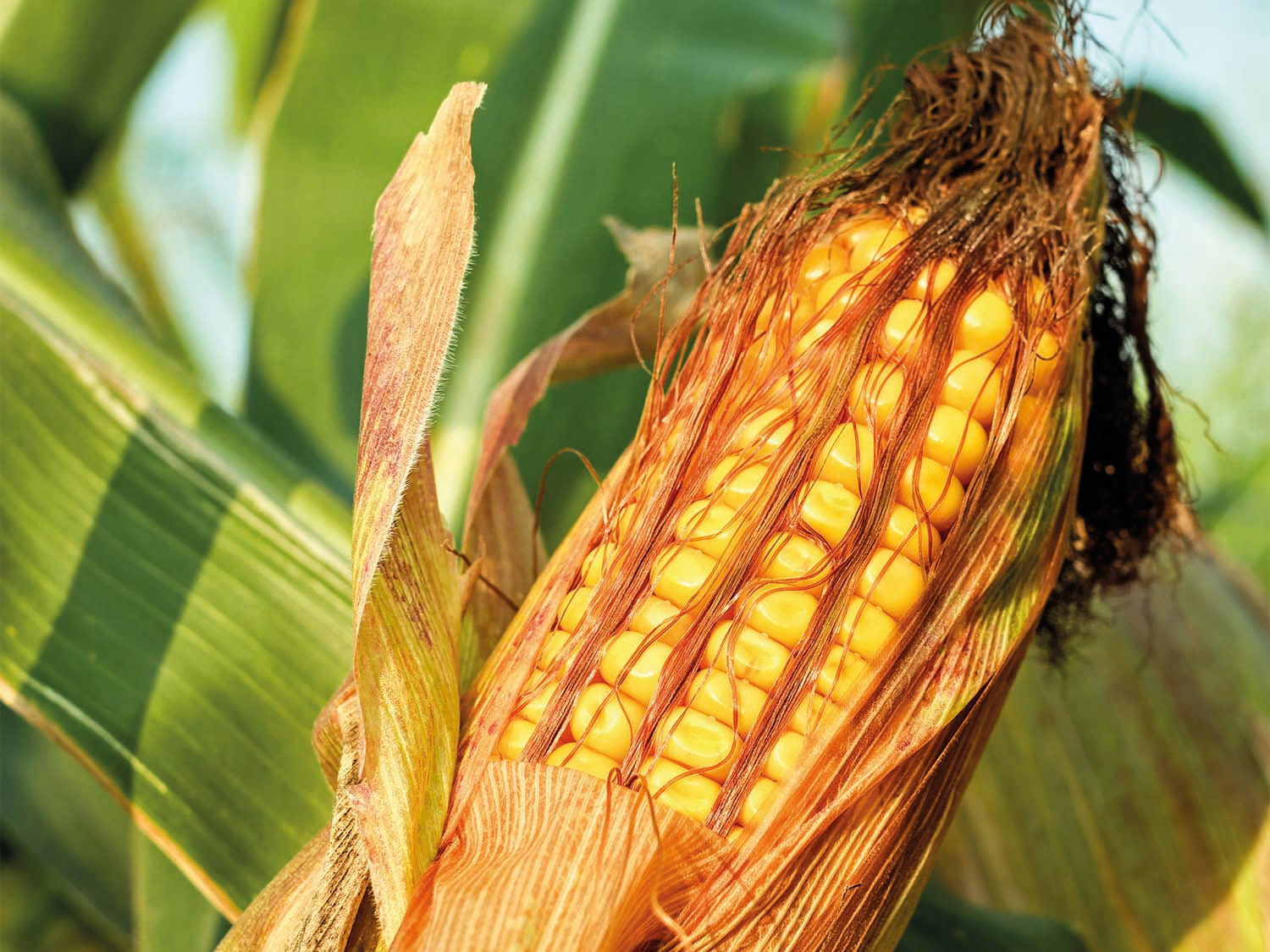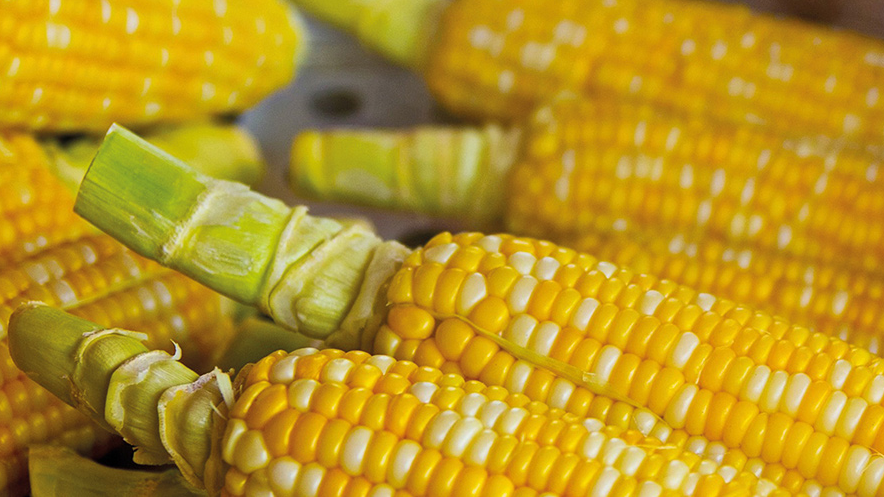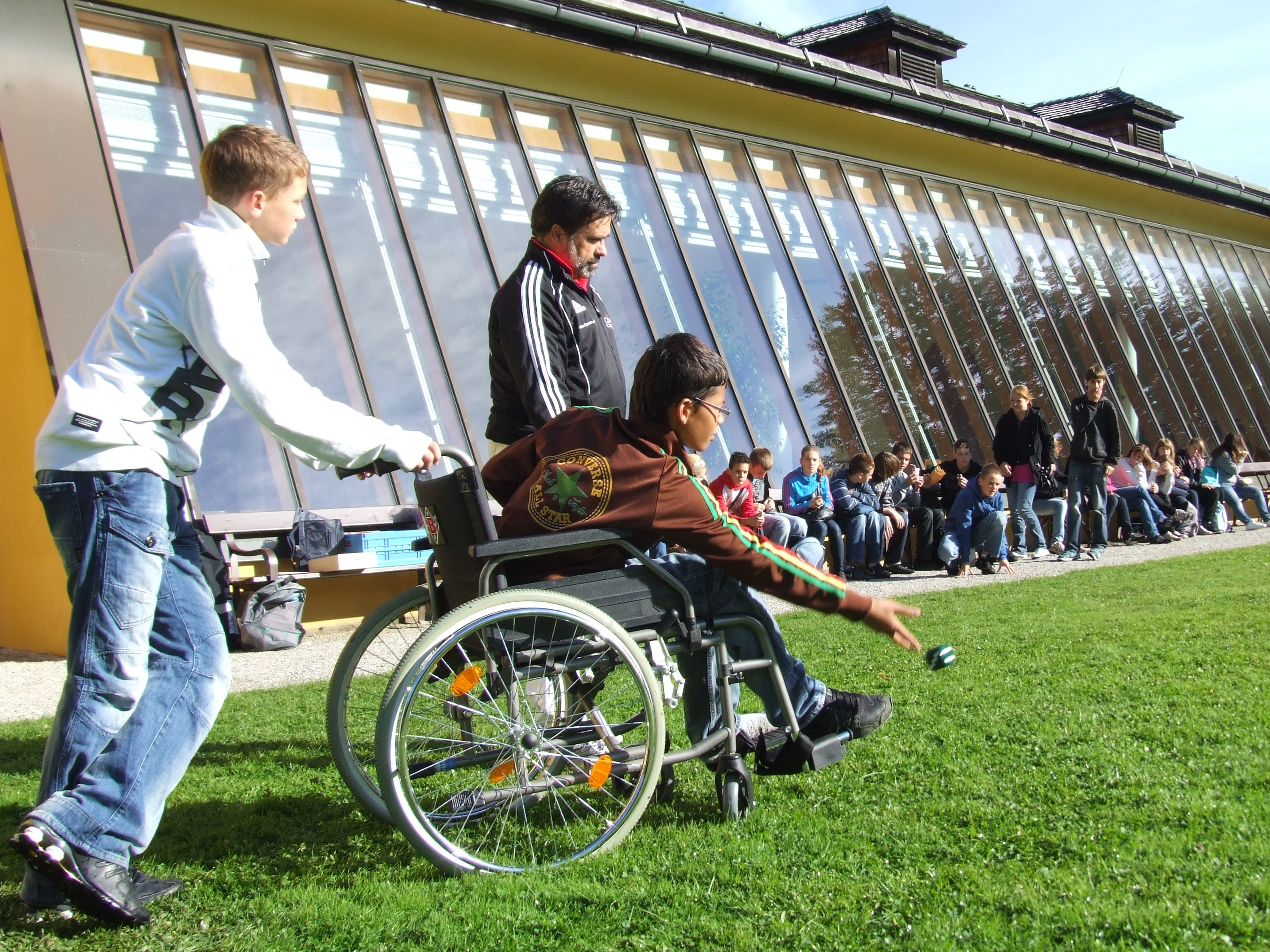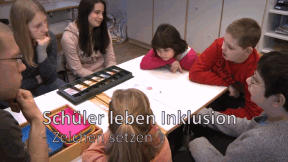 Geography
Geography

46503518 / 55502992
Mais
Anbau, Geschichte, Nutzung
Mais ist eine der ältesten Kulturpflanzen der Welt. Ursprünglich kommt er aus Mittelamerika und war dort als Nahrung unentbehrlich. Christoph Kolumbus hat einige dieser Getreidepflanzen auf seinen Schiffen mit nach Europa genommen, so verbreitete sich die Pflanze recht schnell. Durch Züchtung wurden die Maiskörner größer und passten sich besser an unser Klima an. Der Film zeigt Aussehen und Fortpflanzung der Maispflanze und alles über ihren Anbau, aber auch die heutige Nutzung als Lebens- und Futtermittel und das umstrittene Produkt Rohstoff. Denn seit einigen Jahren braucht man Mais nicht nur für die Ernährung an: Zusammen mit Mist von Schweinen oder Rindern gibt man Mais in Biogasanlagen. Bei diesem Prozess entstehen Gase, in denen viel Energie steckt. Diese liefern je nach Bedarf genug Rohstoff für Strom, Wärme oder Kraftstoffe. Die Testfragen, das Glossar und die interaktiven Aufgaben wurden mit H5P erstellt und können ohne weitere Software verwendet werden.
Play trailer
Curriculum-centred and oriented towards educational standards
Matching
Blogging
The weblog or blog, for short, as a medium is not much older than this century. Blogs came into being in the World Wide Web as ’messages from below’, as web pages from web creators who wanted to share their view of the world with the world. They are short notes, long texts, pictures, videos, which are posted loosely and at random intervals to the world for an undefined public.
Pupils Practise Inclusion
When people come together, no matter under what concomitant circumstances – ultimately, it is about how these people meet and how openly they interact with one another.
Computer Games
This film covers the topic of computer games in a variety of ways and from many different angles. Apart from the fascina- tion of computer games for users, the historical development as well as the production of computer games are described. The established genres are introduced, the guidelines of the German BPjM are explained. In light of recent public discussions, a neutral overview of the pros and cons of playing computer games is given, and different kinds of player behaviour are outlined. In this film, the pupils will recognise many aspects of their favourite pastime that encourage an independent, constructive use of this medium and reinforce their media competency. The film and teaching material are very closely related to the real-life situation.









